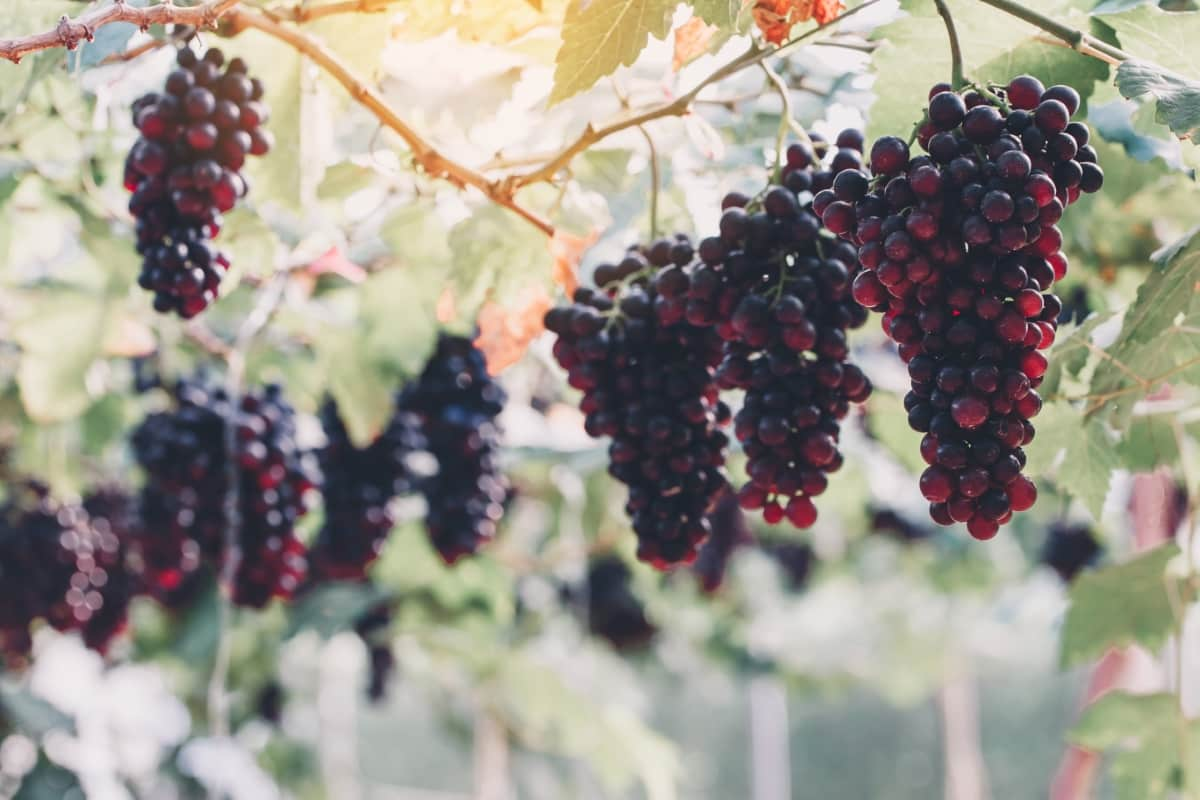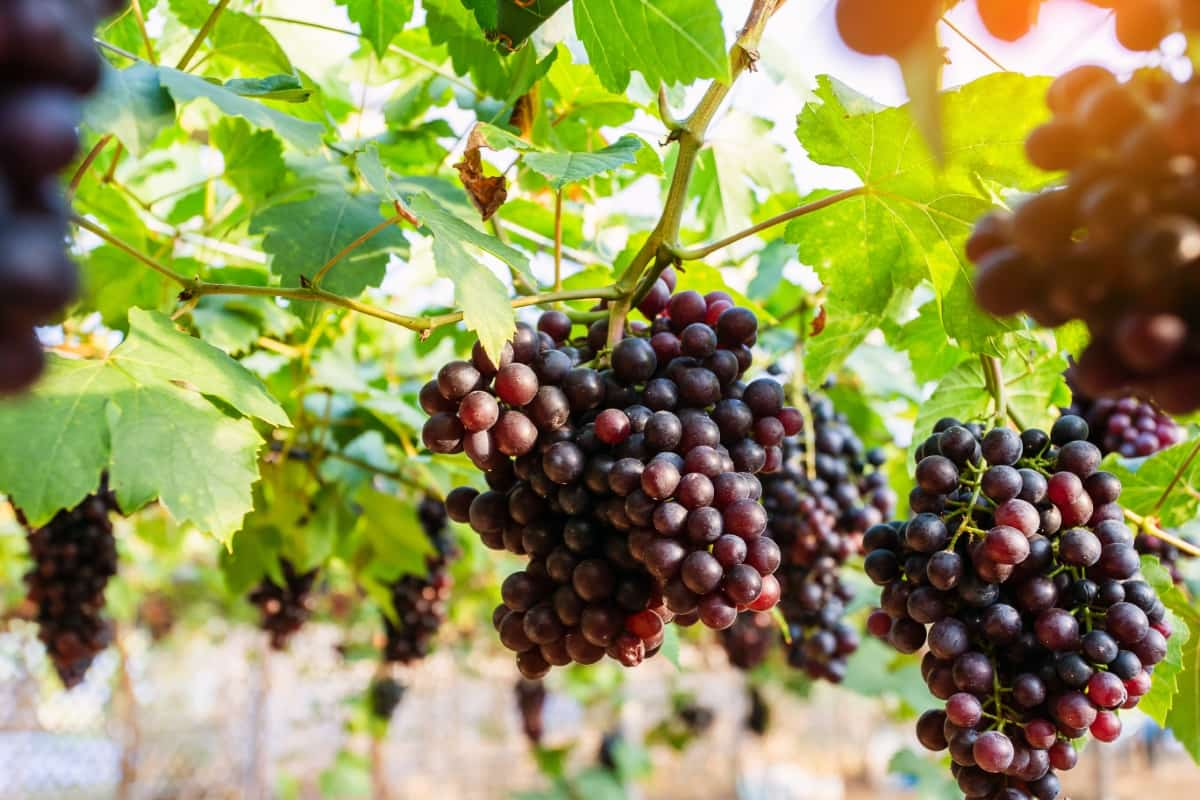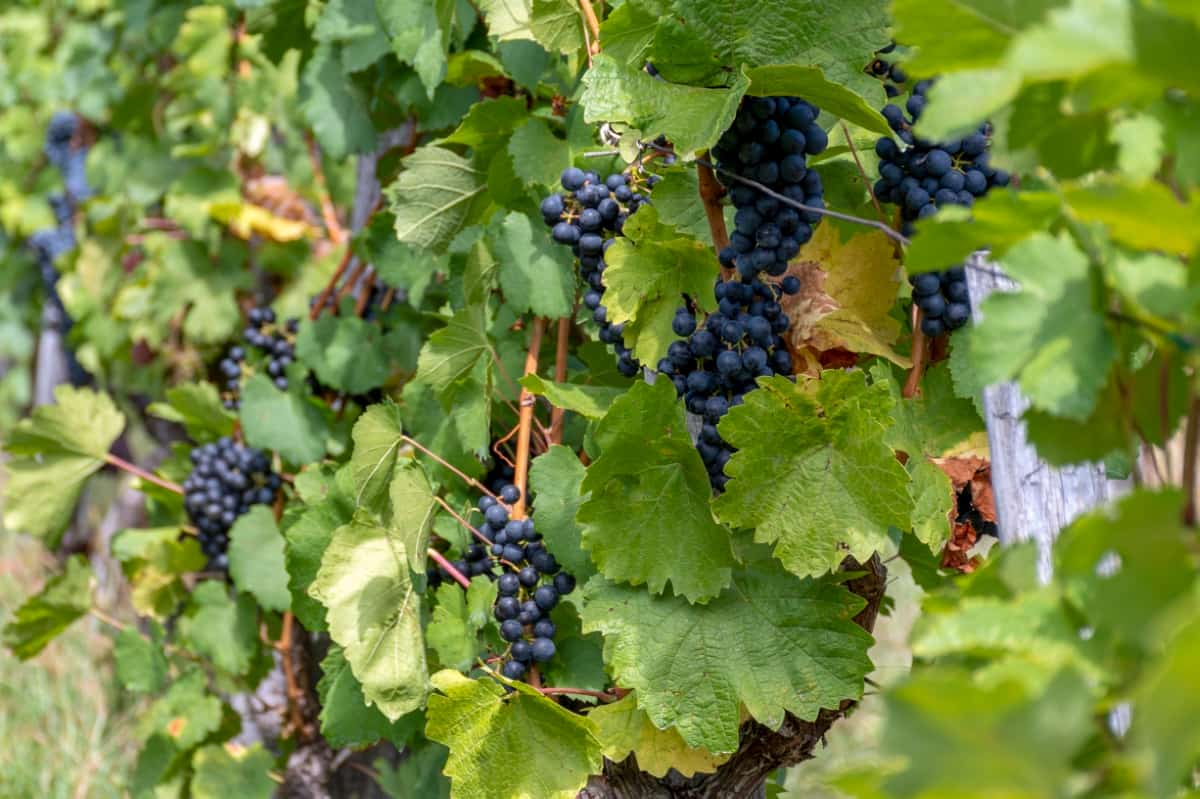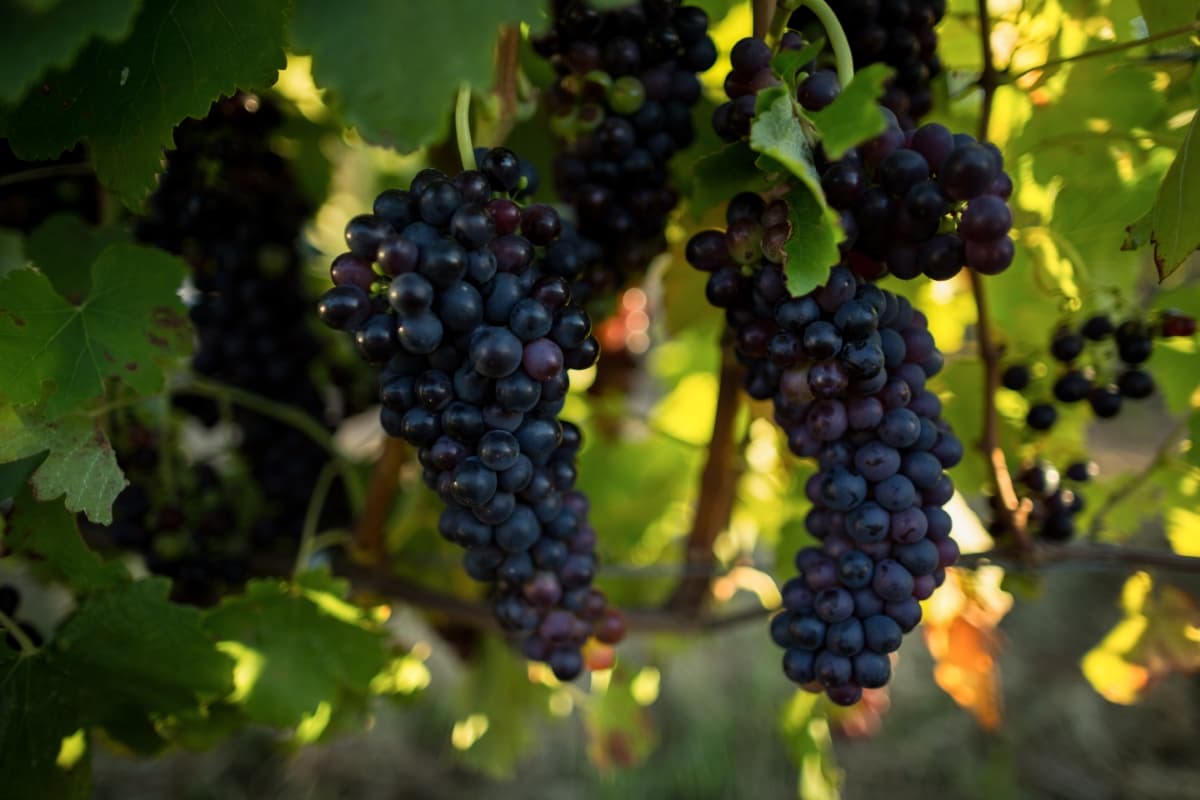Muscadine grapes, also known as Vitis rotundifolia, are a native species of grapevine found in the southeastern and south-central regions of the United States. Not only do they provide a delicious and unique fruit, but they also offer several advantages that make them an excellent choice for any gardener. Muscadine grapes are incredibly resilient and can thrive in a variety of climates.

Growing Muscadine Grapes
Choosing the Right Variety
Choosing the right variety of Muscadine grapes is an important step in growing them successfully in your home garden. With so many different varieties to choose from, it can be overwhelming to make a decision. However, you can find the perfect variety for your specific needs and preferences. The important factor to consider is the climate in your area. These are native to the southeastern and south-central United States, where they thrive in hot and humid climates.
If you live in a colder region, it’s essential to select a cold-hardy variety that can withstand freezing temperatures. Another factor to consider is taste preference. Muscadine grapes come in various flavors ranging from sweet and juicy to tart and tangy. Some popular Muscadine grape varieties known for their excellent flavor include Carlos, Noble, Fry Seedless, and Black Beauty.
Planting Your Tree
- Timing: Timing is crucial when planting Muscadine grapes. Ideally, it would help if you planted them in the late winter or early spring. This allows the plant roots to establish themselves before the hot summer months arrive. However, if you live in a warmer climate with mild winters, fall planting can also be successful.
- Location: Muscadines thrive in full sunlight and need at least 8 hours of direct sunlight per day to produce sweet and juicy fruit. Ensure that you choose a spot where no shade from trees or buildings may obstruct their access to sunlight.
- Soil: The soil composition is another important aspect to consider. Muscadines prefer well-draining soil with a pH level between 5.5 and 6.5. Before planting, test your soil’s pH level using a testing kit available at garden centers or contact a local agricultural extension office for guidance on improving soil quality.
Propagation Methods
There are a few different methods you can choose from when propagating Muscadine fruits. One method is through hardwood cuttings. This involves taking a cutting from an established vine during the dormant season and planting it directly into the ground or in a container filled with well-draining soil. Make sure to remove any leaves and trim the cutting down to about 8-12 inches before planting.
Another option is layering, which can be done by bending one of the lower branches of an existing vine down to ground level and burying it partially in soil. Over time, roots will form at the buried section, allowing you to eventually separate it from the main plant and have a new Muscadine grapevine. Grafting is another popular propagation method for Muscadines. This involves attaching a scion (a piece of wood taken from a desired variety) onto rootstock that has been specifically chosen for its disease resistance or other desirable traits.
Watering and Mulching
Proper watering ensures that the vines receive adequate moisture without being overwatered, while mulching helps to conserve soil moisture and suppress weed growth. When it comes to watering Muscadine grapes, consistency is key. These plants prefer deep watering once a week rather than shallow, frequent irrigation.
In case you missed it: The Ultimate Guide to Growing Scuppernong Grapes in Home Gardens

Mulching around the base of your grapevines offers numerous benefits. It helps regulate soil temperature, keeping it cooler in hot climates and warmer during colder months. Mulch also acts as a control against weeds that compete for nutrients with the grapevines.
Fertilizing
When it comes to fertilizing Muscadine grapes, timing is everything. It’s best to apply fertilizer in early spring. This gives the grape plants a boost of nutrients just when they need it most. The type of fertilizer you choose is also important. Muscadine grapes prefer a balanced fertilizer with equal amounts of nitrogen, phosphorus, and potassium (NPK). Look for a slow-release formula that will provide nutrients gradually over time.
Pruning and Training
Proper pruning helps maintain the vine shape, improves airflow, and allows sunlight to penetrate the canopy. It’s important to prune your Muscadine grapes in late winter or early spring. Start by removing any damaged wood, as well as any weak or overcrowded branches. This will help redirect energy towards more productive areas of the vine.
Next, consider implementing a trellis system for your grapevines. Muscadines have a vigorous growth habit and can benefit from being trained along a sturdy structure. Horizontal cordons are commonly used for training them, allowing easy access to tasks such as pruning and harvesting.
Pest and Disease Management
One common pest that can affect Muscadine grapes is the grape berry moth. This tiny insect lays its eggs on the berries, leading to damage and reduced yield if left unchecked. To manage this pest, you can use pheromone traps or apply approved insecticides at specific times during the growing season. Another potential threat is powdery mildew, a fungal disease that appears as a white color powdery coating on leaves and fruit. Regularly inspect your grape plants for signs of infection and promptly remove any affected parts.
Leaf spot diseases such as black rot and downy mildew are also common challenges for Muscadine grapes. Proper sanitation practices like pruning out infected plant material and applying copper-based fungicides can help prevent their spread. Remember always to follow label instructions when using pesticides or fungicides, ensuring that you’re using them safely and effectively.
When and How to Harvest
Timing is important for harvesting Muscadine grapes. You want to wait until they are fully ripe before picking them, as this will ensure maximum flavor and sweetness. One way to tell if your grapes are ready is by their color – they should have turned a deep purple or bronze hue.
In case you missed it: The Ultimate Guide to Growing Black Muscat Grapes in Home Gardens

To harvest, grasp the grape cluster gently but firmly near where it attaches to the vine. Please give it a gentle twist. The cluster should come off easily in your hand. Be careful not to tug too hard, as you don’t want to damage the delicate skin of the grapes. Once harvested, be sure to handle your Muscadines with care. They can bruise easily, so avoid dropping or crushing them during transport. It’s also best not to wash them until before eating or using them in recipes.
Winter Care
During the winter months, it’s important to provide proper care for your Muscadine grape vines to ensure their health and productivity in the coming growing season. While these native grapes are generally hardy, a little extra attention can go a long way. The key aspect of winter care is protecting your vines from frost damage. To do this, you can apply a thick mulch layer around the base of each vine to insulate the roots from extreme cold temperatures.
Additionally, consider using frost blankets or covers on particularly chilly nights to shield the vines from freezing. Another aspect of winter care is ensuring adequate hydration for your plants. Even though they may not be actively growing during this time, it’s still necessary to water them occasionally if there hasn’t been sufficient rainfall.
Average Yield
With the right variety selection, proper planting techniques, and diligent care throughout the season, you can enjoy a bountiful harvest of delicious grapes. Muscadines are known for their high productivity compared to other grape varieties. A single vine can produce up to 40 to 60 pounds of grapes each year. This means that even if you have limited space in your garden, you can still enjoy a plentiful supply of these tasty fruits.
In case you missed it: The Ultimate Guide to Growing Red Globe Grapes in Home Gardens

Conclusion
Growing Muscadine grapes can add aesthetic value to your landscape. These unique grapes have been cherished for centuries for their exceptional flavor and health benefits, making them an excellent addition to any home garden. Cultivating Muscadine vines requires careful attention to planting techniques, such as choosing the right variety suited for your region’s climate and soil conditions.
Note: The images presented in this post are intended solely for representation purposes. The images are meant to serve as visual aids and should not be relied upon as accurate representations of their real-life counterparts.
- Feed Your Flock for Less: Top 10 Tips to Save on Chicken Feed
- Ultimate Guide to Ossabaw Island Hog: Breeding, Raising, Diet, and Care
- Hatching Answers: The Top 10 Reasons Your Chickens Aren’t Laying Eggs
- Eggs and Economics: Breaking Down the Cost of Raising Backyard Chickens
- Defend Your Greens: Proven Methods to Keep Iguanas Out of Your Garden
- Ultimate Guide to Cinnamon Queen Chicken: A Comprehensive Guide for Beginners
- Ultimate Guide to California Tan Chicken: Breeding, Raising, Diet, Egg-Production and Care
- Ultimate Guide to Marsh Daisy Chicken: Breeding, Raising, Diet, and Care
- 10 Types of Chicken Farming Businesses You Can Start for Profits